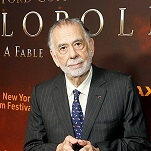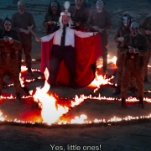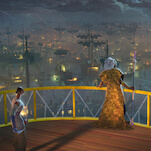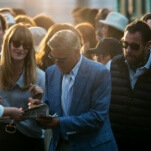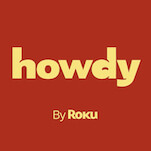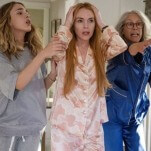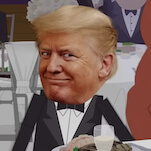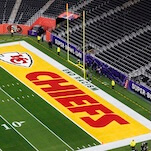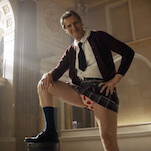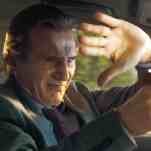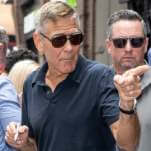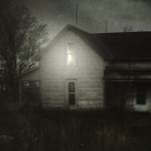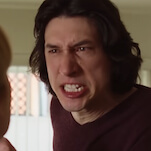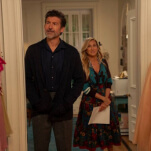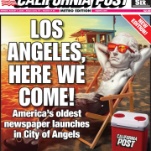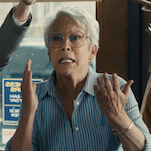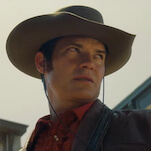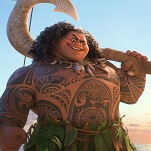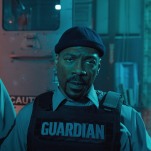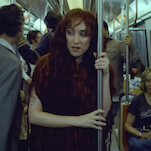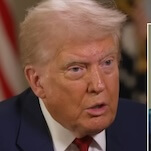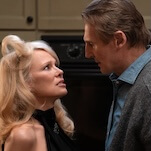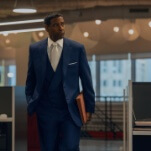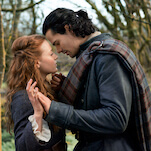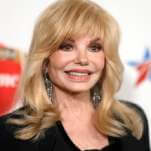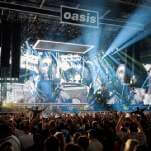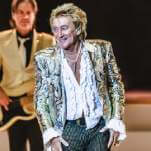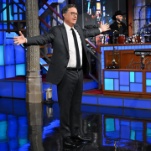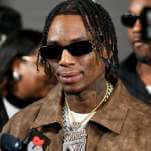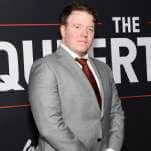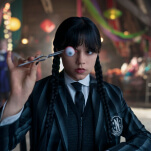Downton Abbey’s costumes create character as much as the scripts do
It’s not just that the clothes in Downton Abbey are pretty, though they are—especially on the younger Crawley sisters, who get to take advantage of both youth and wealth in their sartorial choices. But costume design is about more than beautiful clothes; it’s also about how the costume figures into the storytelling of the show. On Downton, clothing is a living part of a character’s existence; it externalizes the tensions of wealth and status using an easily understandable visual language. Downton has scored both a win and a nomination in this category already. This third season demonstrated a far weaker mastery of plot and character than those first two years, but costuming is still one of Downton’s greatest strengths.
Since the show’s inception, the wardrobe team on Downton Abbey—which won a 2011 Emmy for the show’s first season—has managed to echo the period’s preoccupations through wardrobe, from the pre-war period in the first season to the latest episode, set in the 1920s. The difference from a period piece like Mad Men is that Downton’s storytelling is almost entirely dependent on its sartorial choices. To move forward one of the period’s harshest realities, appearances matter.
